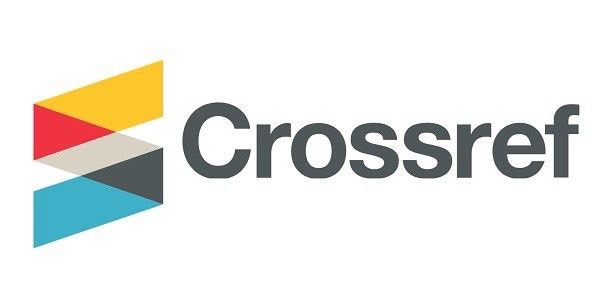Could zygomatic angles be used for determining the sex of Thai skeletal remains?
Keywords:
Zygomatic angle, Sex determination, Thai skeletal remains, มุมของกระดูกโหนกแก้ม, การจําแนกเพศ, โครงกระดูกคนไทยAbstract
Objective To study if and how zygomatic angles could be used to determine the sex of Thai skeletal remains.
Method From 100 skulls, 50 were male and 50 female. This study was divided into two phases, with the first to determine the cut off in gender distribution using the size of the zygomatic angle, and the second to determine the gender distribution of the cut off precisely.
Results The mean left zygomatic angle was shown to have a statistically significant difference between males and females (p =0.027). Discriminate analysis showed distinguishable potential with 57% accuracy between males and females by using the cut off.
Conclusion It is improper to use the zygomatic angle to determine the sex of Thai skeletal remains. However, the zygoma is obviously different between the sexes in the Thai population. Further study should determine other osteometric landmarks, instead of using the zygomatic foramen.
Downloads
Published
How to Cite
Issue
Section
License
Copyright (c) 2017 เชียงใหม่เวชสาร (Chiang Mai Medical Journal)

This work is licensed under a Creative Commons Attribution 4.0 International License.







